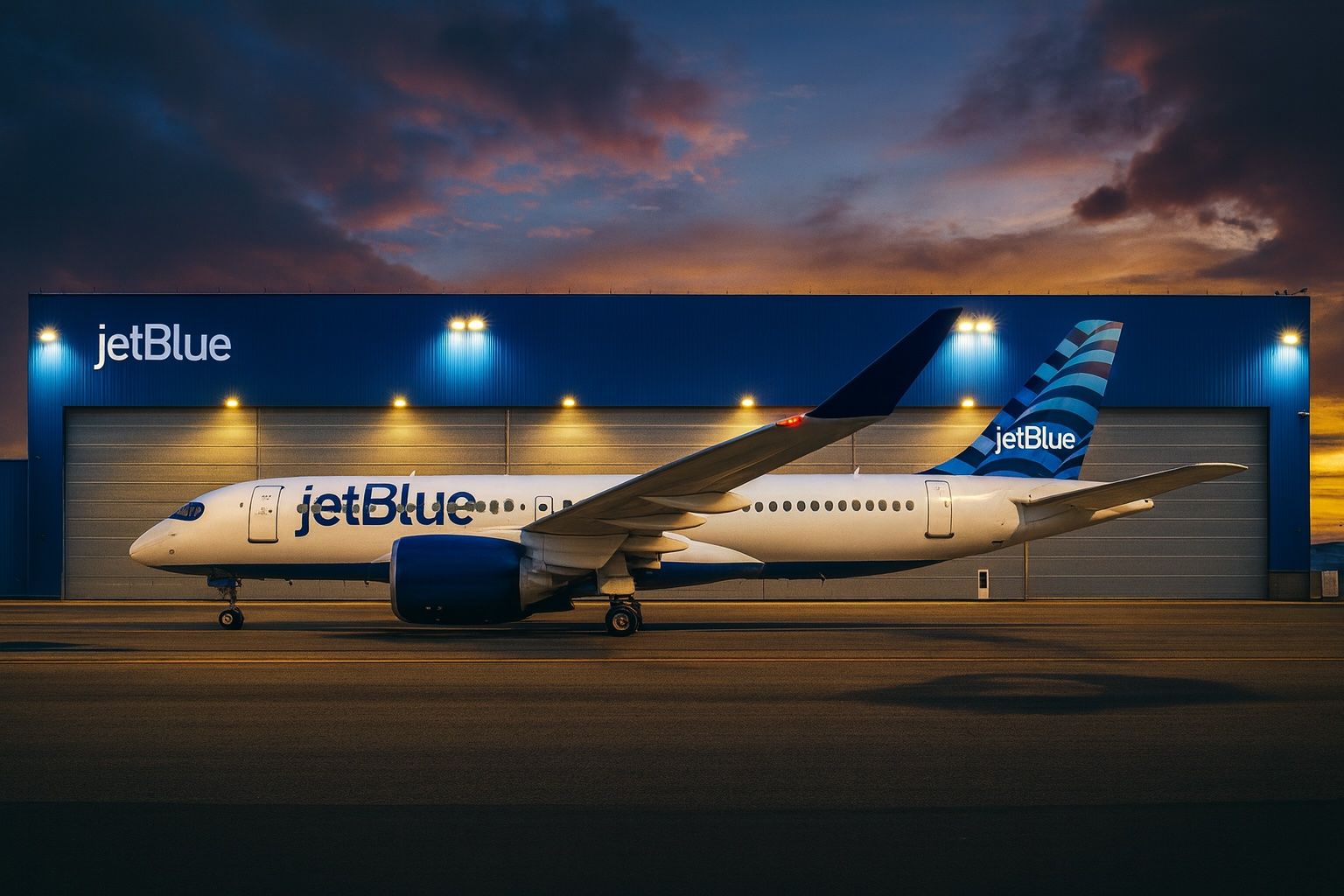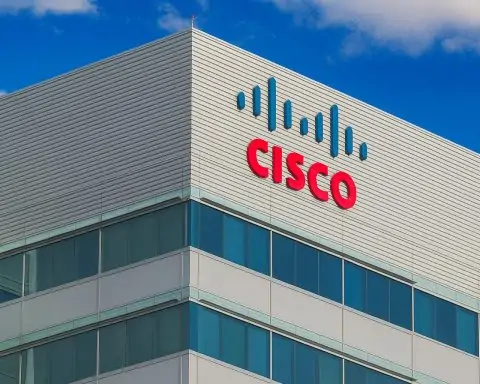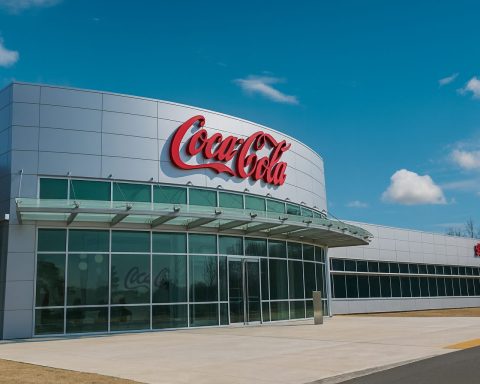- JetBlue’s steep slide: JetBlue (NASDAQ: JBLU) stock has fallen roughly 41% year-to-date, hitting multi-year lows. On Oct 9, Weiss Ratings issued a rare “sell (D-)” rating on JBLU for its weak performance [1]. Most Wall Street analysts now rate JetBlue a “Reduce”/hold, with a 12-month consensus price target only about $5.28 [2] [3] (versus a recent price around $4.40 [4]). In short, analysts see JetBlue as vulnerable: high debt and rising costs are straining the carrier even as fare yields soften. Indeed, JetBlue’s Q3 loss (-$0.16 EPS) beat expectations, but the company warned unit revenue may fall up to 4% next quarter [5]. (JetBlue CEO Joanna Geraghty admitted in September that “2025 has been a challenging year” for JetBlue’s profit plan [6].)
- American Airlines update: By contrast, American Airlines (NASDAQ: AAL) looks stronger. On Oct 9, Susquehanna analyst Christopher Stathoulopoulos raised American’s 12-month price target to $12 (from $10) while maintaining a Neutral rating [7]. Overall, 19 analysts give AAL a “Moderate Buy” consensus, with an average target around $16.60 [8]. The difference reflects American’s recent earnings and demand trends: its Q3 results (released early Oct) showed $0.95 EPS vs $0.79 expected on $14.39B revenue, boosted by higher fares and a rebound in corporate and premium cabin bookings [9]. CEO Robert Isom noted that premium travel (business and long-haul customers) is climbing, and the carrier is cutting costs aggressively. At roughly $11.52 a share (Oct 12 close) [10], American’s stock is near its recent targets; analysts still see ~10–30% upside if travel demand holds up.
- Big carriers & travel boom: The turbulence is not industry-wide. Major legacy airlines are profiting from a strong travel rebound. For example, Delta Air Lines just reported a blowout Q3: $1.71 adj. EPS vs $1.53 expected on $16.7B revenue, and management now projects ~$6.00 EPS for 2025 [11] [12]. Delta’s stock jumped ~5% on the strong results [13]. CEO Ed Bastian said demand “is continuing” and that Delta is “well positioned” to grow, especially as industry capacity cuts push fares higher [14] [15]. United Airlines similarly noted travel demand is stabilizing: its CEO Scott Kirby said “the world is less uncertain today” than in early 2025, and he expects a strong finish to the year [16]. Shares of UAL and others rallied on this optimism.
- Industry outlook: Overall U.S. travel demand remains red-hot: airlines and IATA (the industry body) forecast 2025 revenues over $1 trillion and record profits (~$36.6 billion) on a record 5.2 billion passengers [17]. Higher fare classes (premium/business) are selling strongly, and carriers have deliberately trimmed capacity (e.g. Spirit/Frontier bankruptcies) to keep prices up [18]. In short, the environment is bullish for most carriers. As one Reuters summary put it, a “wholesale change” is underway: premium travel up, unprofitable flights cut, so legacy carriers benefit [19] [20].
- Risks ahead: Still, challenges loom. For JetBlue especially, a stubborn cost base and debt load pose risks. Its own guidance sees Q3 unit revenue down ~1.5–4%, costs up 3.5–5.5% [21]. The U.S. government shutdown (mid-Oct) has already delayed thousands of flights, though airline stocks have held up so far [22]. Rising fuel or any renewed economic slowdowns could pressure demand. Analysts caution that JetBlue is in the “early-to-middle innings of a wholesale change” in the industry [23], and if its premium strategy (“JetForward”) fails to boost profits, more downside is possible [24].
- Stock prices & targets: As of Oct 12, 2025 trading, JetBlue (JBLU) is about $4.40 [25], near its lows; American (AAL) is around $11.52 [26]. Analysts see about 20% upside for JetBlue (to ~$5.28) but 30–40% upside for American (to the $15–16 range) under current forecasts [27] [28]. Of the major U.S. airlines, only JetBlue carries a consensus “Reduce” rating; most others (DAL, UAL, AAL) are rated at least Holdor Buy [29] [30].
JetBlue’s Slide and Ratings
JetBlue’s recent performance has alarmed investors. After trading above $8 in late 2024, JBLU is now near $4.4 [31]. Analysts note the stock’s heavy debt and weaker pricing power make it “vulnerable” as fare yields soften [32]. On Oct 9, Weiss Ratings – known for rare sell calls – reiterated a “sell (D-)” rating on JetBlue [33]. Other brokerages have turned cautious: UBS, Barclays and Citigroup have sell/underweight calls on JBLU recently [34]. MarketBeat reports 7 holds and 5 sells on JBLU, yielding a consensus price target $5.28 [35]. (JetBlue management notes an improving demand environment and expects unit cost cuts, but stock-wise “investors remain skeptical” [36].)
Credit agencies echo the worry: JD Power notes JetBlue’s sub-1x Price/Sales and deep balance-sheet issues. And in its quarterly filings JetBlue admitted 2025 profitability is slipping (Geraghty told staff a 2025 break-even is now “unlikely” [37]). Institutional investors are mixed: some (like U.S. Global Investors) have added to stakes in JetBlue lately [38], hoping for a turnaround, but others have trimmed exposure.
American Airlines: Cautious Optimism
American Airlines’ shares have held up much better. Its stock closed around $11.5 on Oct 10 [39], near its multi-year range low but far above the $8–9 lows seen in mid-2023. Analysts point to AA’s improving fundamentals: Q3 earnings beat estimates, thanks to higher fares and rebounding business travel [40]. In fact, a recent Wall Street preview highlighted AA’s strength. Susquehanna boosted AA’s target to $12 on Oct 9 [41], and other firms (UBS, Jefferies, JPMorgan) now have targets in the mid-teens [42]. MarketBeat data shows the consensus price target of ~$16.6 (against the $11–12 range today) [43]. That implies roughly 30–40% upside if travel demand stays hot.
AA CEO Robert Isom, speaking after Q3, struck a cautious tone but noted improvements: he saw “a rebound in corporate travel and premium cabin demand” as businesses resumed flying [44]. The airline also continues aggressive cost cuts (retiring old jets and reducing frills) to improve margins. Its balance sheet is stronger than JetBlue’s, giving analysts confidence. As TS2.Tech summarizes, “the sector’s key fact is divergence”: legacy carriers like AA are “capitalizing on the travel boom,” whereas JetBlue is under pressure [45].
Strong Carriers & Travel Boom
Indeed, major U.S. carriers are enjoying historically strong conditions. Delta’s October 9 earnings report exemplified this: Q3 profit $1.42B ($1.71 adj EPS), ahead of the $1.52 forecast [46], on revenue of $16.7B. CEO Bastian called it a “strong momentum” and boosted 2025 earnings guidance. Delta’s premium cabin revenue jumped ~9% year-over-year [47]. In midday trading, Delta stock rose ~5% on the results [48], and all major airline stocks rallied on the sector-wide optimism [49].
United is on a similar footing: it foresees year-end strength and has the most bullish Wall Street consensus (Buy rating, average target ~$120 [50]). Its CEO Scott Kirby noted that demand has “picked up” and the travel market is “less uncertain” than earlier in 2025 [51]. Southwest has also cut costs and is focusing on higher-yield passengers.
Underlying all this is a red-hot travel market. Airlines for America reports ticket prices and loads still rising, and IATA projects 2025 global airline revenue >$1 trillion with ~$36.6B profit [52] (fuel costs are forecasted lower next year). With bankruptcies (Spirit, etc.) reducing seat supply, carriers have pricing power. As one analyst noted, the industry is in the “early-to-middle innings of a wholesale change” toward higher yields and premium service [53].
Forecasts & Risks Ahead
Looking forward, analysts see a continued split: if demand holds, Delta/United/American could keep delivering strong results. Some brokers even raised their full-year forecasts after Q3. For example, Delta now expects $1.60–$1.90 adj EPS in Q4 (midpoint $1.75, above analyst $1.66) [54]. IATA’s positive outlook suggests the tailwinds remain, and the U.S. carriers’ capacity cuts should keep fares elevated (as Reuters notes, carriers are deliberately sacrificing some seat growth to boost pricing [55]).
However, headwinds remain a concern. Costs are rising – JetBlue’s guidance still assumes fuel savings but sees unit costs up 3.5–5.5% in Q3 [56]. Labor and maintenance costs could tick up. The partial U.S. government shutdown in October has already caused travel delays (13,000+ flights delayed at one point), though markets have shrugged it off so far. Any return of inflation or new economic shocks could dampen leisure/corporate travel.
JetBlue specifically faces tight liquidity and competition. If it fails to show profit progress by 2026 (as its JetForward plan aims), more downgrades may follow. As one strategist warned, “airlines may still encounter ‘turbulence’” if headwinds strengthen [57]. As of now, experts advise caution: JetBlue’s near-term outlook is bleak (stock consensus is “Reduce” [58]), whereas American’s moderate buy rating reflects its upside potential if travel remains strong [59].
Stock Snapshot: JetBlue (JBLU) closed ~$4.40 on Oct 10 (52-week range $3.34–$8.31) [60]. American (AAL) closed ~$11.52 (52-week range $8.50–$19.10) [61]. Analysts’ 12-month targets (~$5.28 for JBLU; ~$16.60 for AAL) suggest roughly 20% vs 40% potential gains respectively [62] [63]. The next earnings season and holiday travel trends will be key. For now, legacy carriers look poised to benefit from the travel boom, while JetBlue will need to prove its strategy can overcome the current cost and competition squeeze [64] [65].
Sources: Recent industry reports and filings [66] [67]; analyst notes and market data [68] [69]; Reuters news on airline earnings [70] [71]; investing.com financial updates [72] [73]; and TS2.Tech analysis [74] [75].
References
1. ts2.tech, 2. ts2.tech, 3. www.marketbeat.com, 4. www.investing.com, 5. ts2.tech, 6. www.investing.com, 7. www.tipranks.com, 8. ts2.tech, 9. ts2.tech, 10. www.investing.com, 11. www.reuters.com, 12. www.reuters.com, 13. ts2.tech, 14. www.reuters.com, 15. ts2.tech, 16. www.reuters.com, 17. ts2.tech, 18. ts2.tech, 19. www.reuters.com, 20. ts2.tech, 21. ts2.tech, 22. ts2.tech, 23. www.tipranks.com, 24. ts2.tech, 25. www.investing.com, 26. www.investing.com, 27. www.marketbeat.com, 28. ts2.tech, 29. ts2.tech, 30. www.marketbeat.com, 31. www.investing.com, 32. ts2.tech, 33. www.marketbeat.com, 34. www.marketbeat.com, 35. www.marketbeat.com, 36. ts2.tech, 37. stocktwits.com, 38. www.marketbeat.com, 39. www.investing.com, 40. ts2.tech, 41. www.tipranks.com, 42. ts2.tech, 43. ts2.tech, 44. ts2.tech, 45. ts2.tech, 46. www.reuters.com, 47. www.reuters.com, 48. ts2.tech, 49. ts2.tech, 50. ts2.tech, 51. www.reuters.com, 52. ts2.tech, 53. www.tipranks.com, 54. www.reuters.com, 55. www.reuters.com, 56. ts2.tech, 57. ts2.tech, 58. www.marketbeat.com, 59. ts2.tech, 60. www.investing.com, 61. www.investing.com, 62. www.marketbeat.com, 63. ts2.tech, 64. ts2.tech, 65. ts2.tech, 66. ts2.tech, 67. ts2.tech, 68. www.tipranks.com, 69. www.marketbeat.com, 70. www.reuters.com, 71. www.reuters.com, 72. www.investing.com, 73. www.investing.com, 74. ts2.tech, 75. ts2.tech







